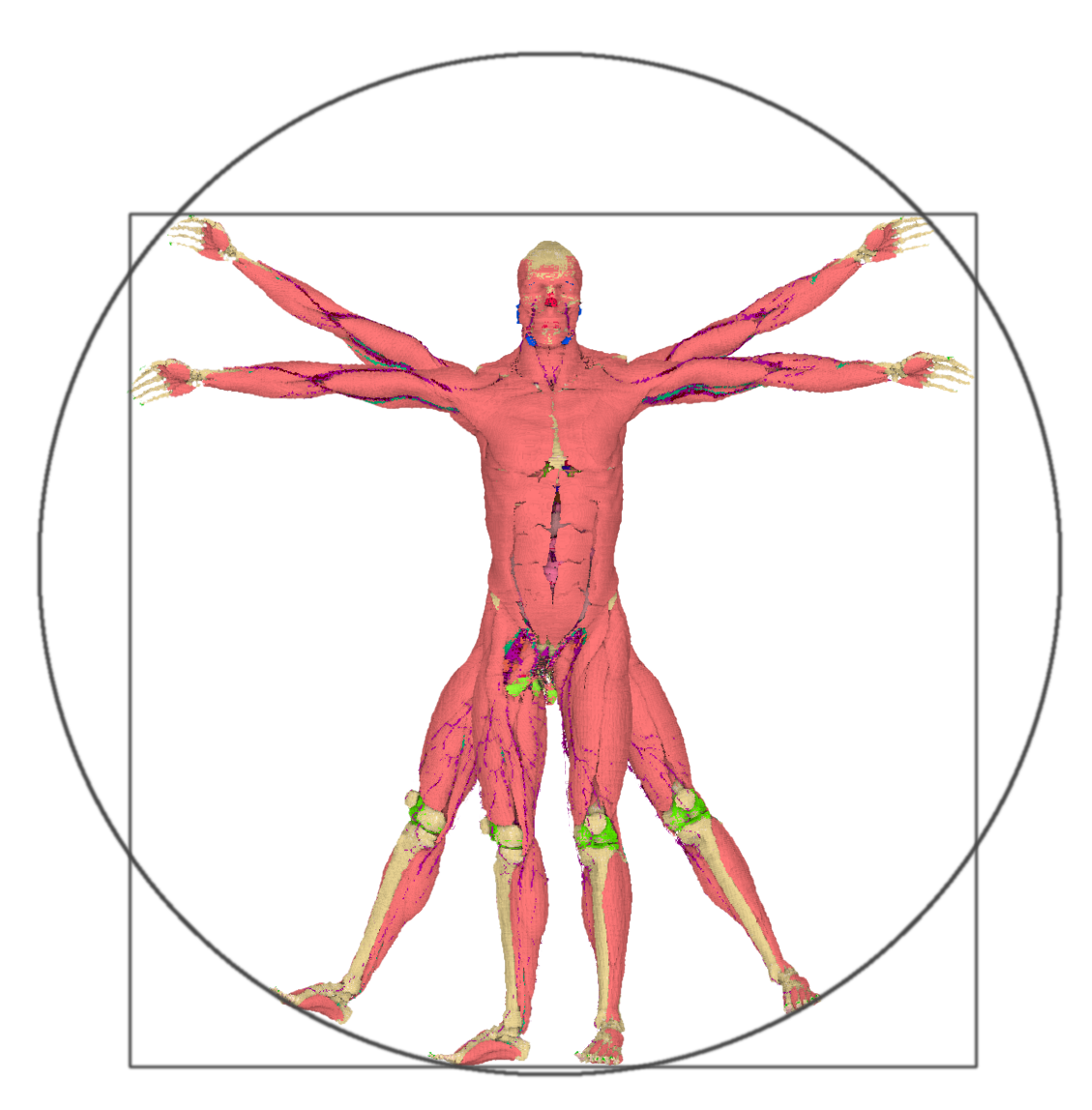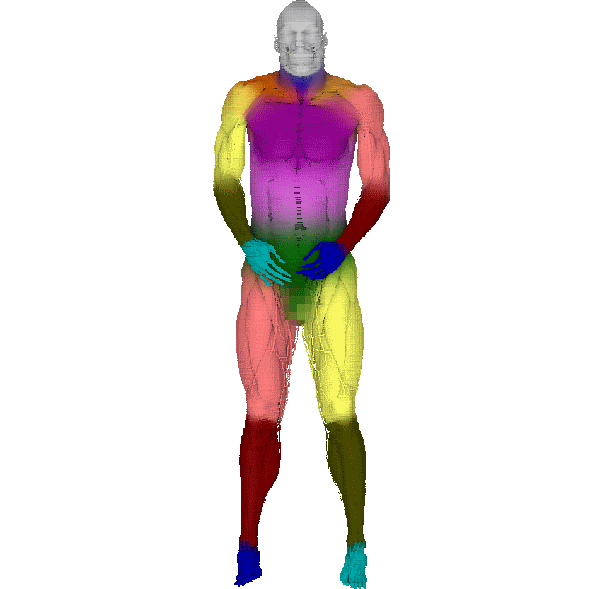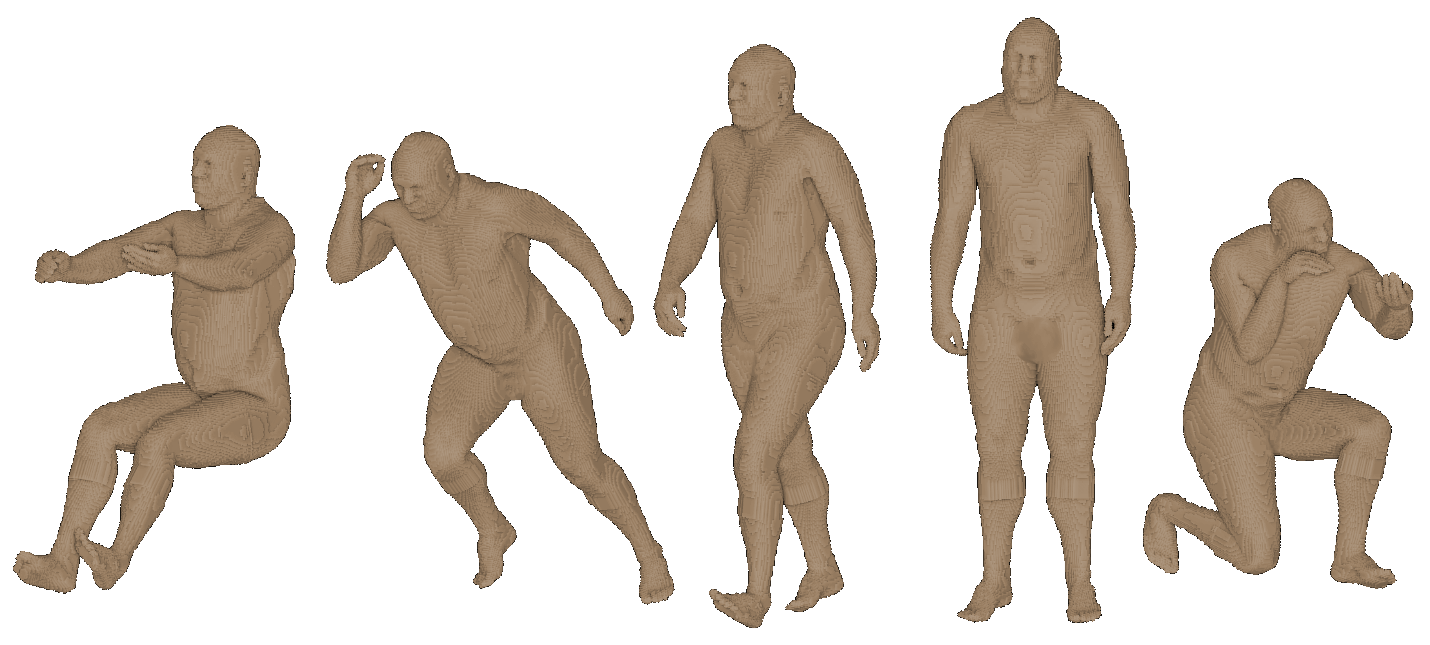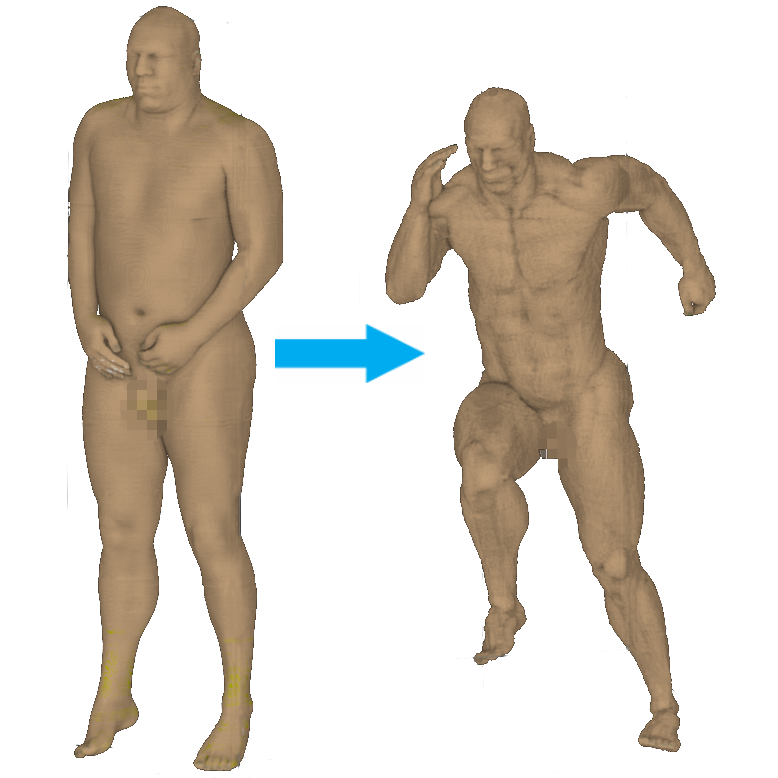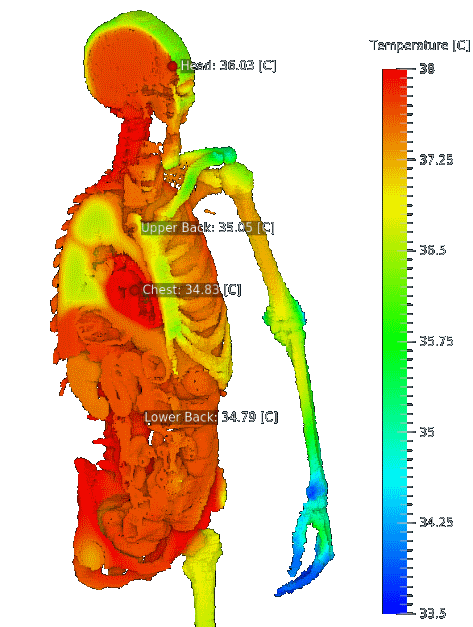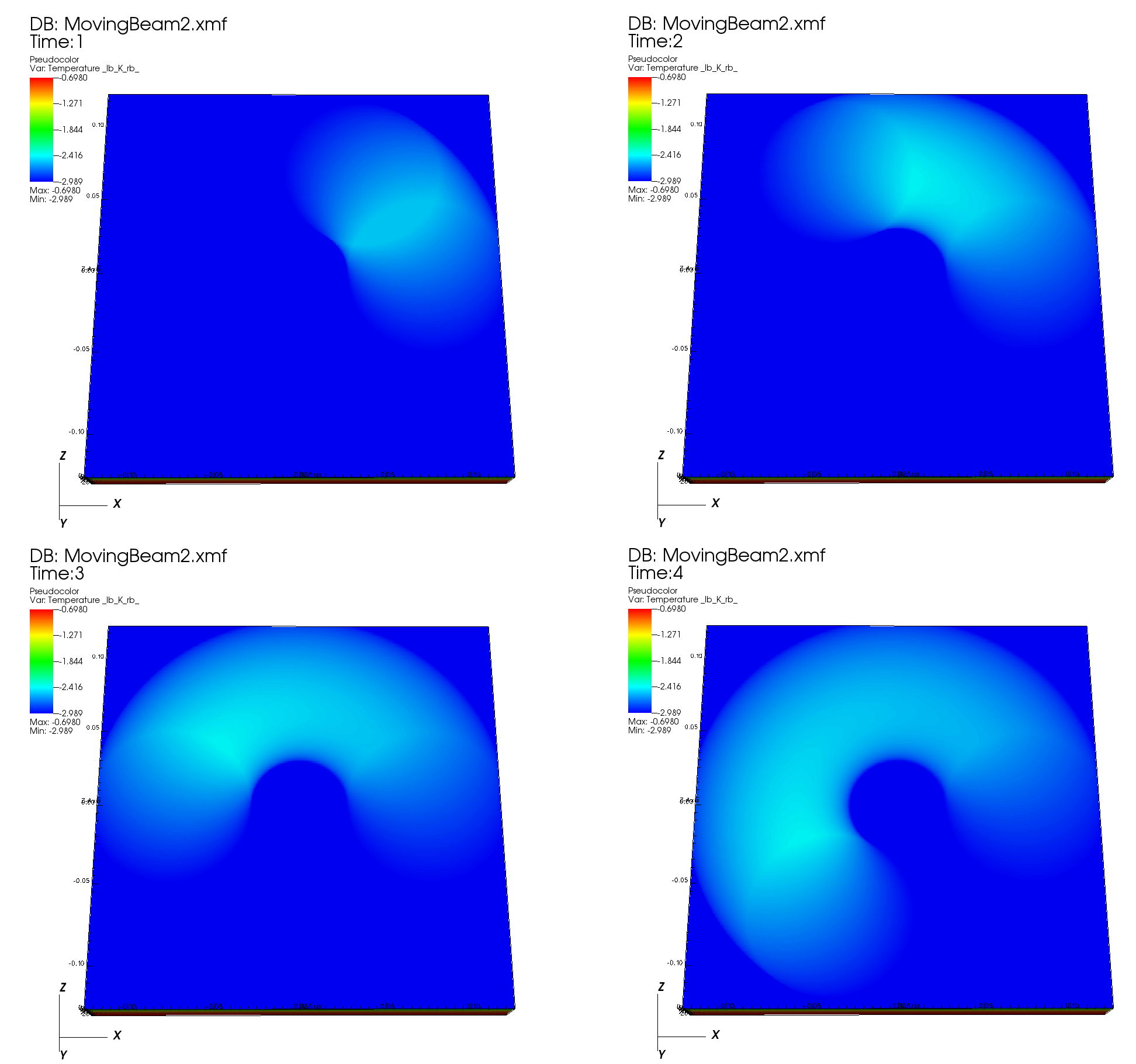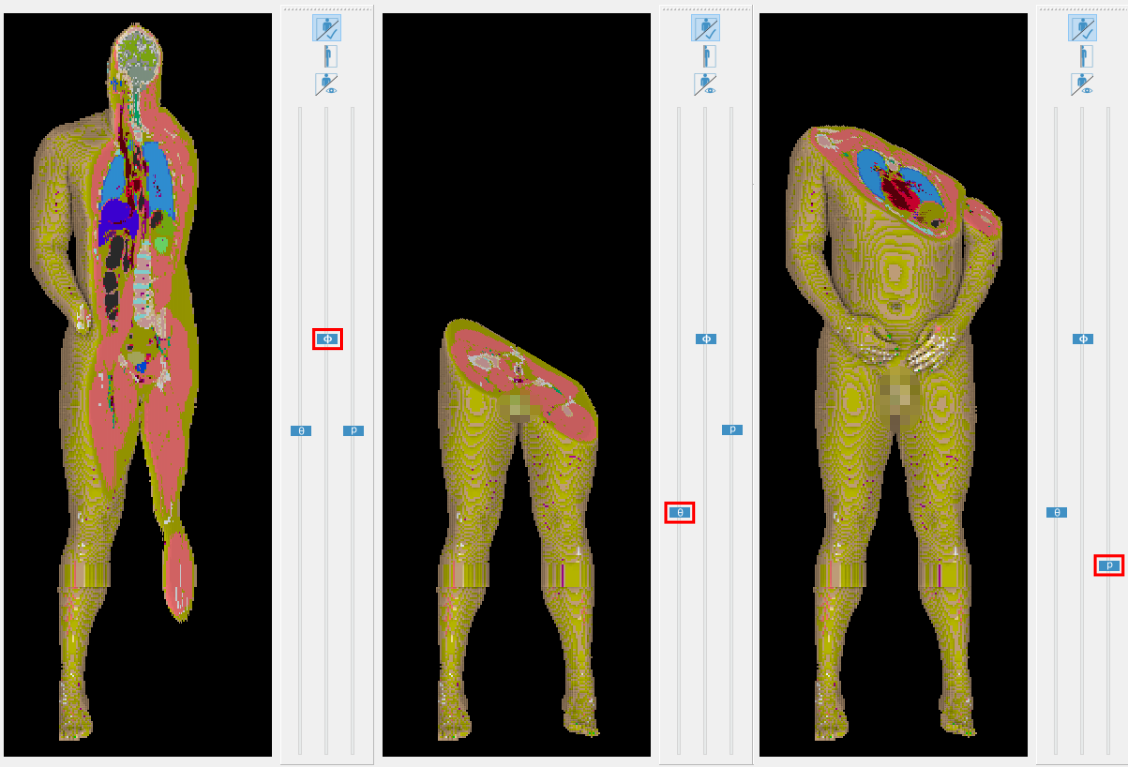product: Vitruvius
Faster than real time, GPU accelerated, bio-thermal analysis software.
human modeling and simulation software
- Faster than real-time, GPU accelerated, bio-thermal analysis software
- Models localized moving beam and whole-body plane-wave electromagnetic exposures
- Morphs and reposes digital human phantoms
- Easy to use graphical user interface
Marcus Vitruvius Pollio, commonly known as Vitruvius, was a Roman author, architect, civil engineer, and military engineer during the 1st century BC. One of his achievements was defining the proportions of the human body, as drawn later by Leonardo da Vinci. The name of our software, Vitruvius, pays homage to this early work of understanding the human body. This software tool provides the capability to pose and morph digital human phantoms, and to perform faster-than-real-time bio-thermal analysis.
digital human phantom representation
- 3D voxel representation
- Supports existing formats
- Visible human dataset
- XCAT
- Virtual Population
- Raw voxels
- Heuristically transforms named parts to tissues
- Includes cleanup and rescaling tools
body segmentation
posing
morphing
- Morph to specific anthropometric parameters
- Grow or shrink a specific tissue
- Grow or shrink a specific body segment
thermal solvers
- Solves Penn’s bio-heat equation
- GPGPU accelerated
- Supports both NVIDIA and AMD GPU’s
- Scalable to any number of GPU’s
- Transient solver is faster than real-time
- Steady-state solver
- Global blood circulation model
- Activity and body segment adjusted metabolic rate
- Thermoregulation
- Sweat
- Vasodilation
- Vasoconstriction
- Insensible Evaporation
- Respiration
- Adjusted for body segment variations
electromagnetics
graphical user interface
- Built specifically for human modeling and simulation
- Simple, intuitive workflow
- Extensive context-sensitive help
- Responsive 3D visualization
- Tissue masking
- Slicing
- Temperature thresholds


